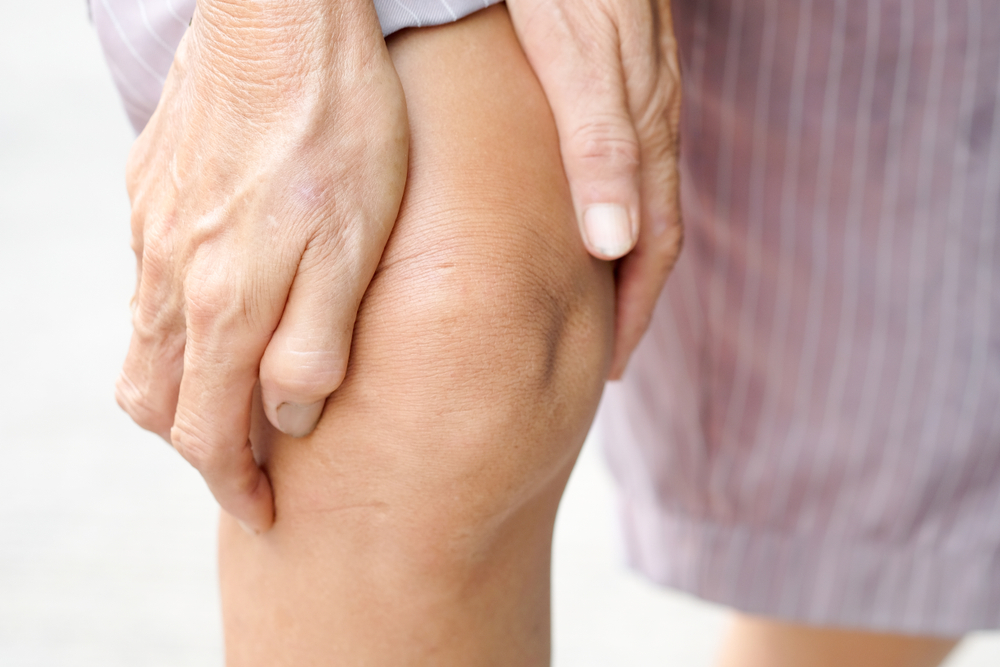Over the last 20 years, physical fitness as a means to improve overall health has increased among the over-40 set. This is great, right? Yes, absolutely. Athletes who remain active as they age do a better job than non-athletes in retaining lean muscle mass. They also show improved bone density, bone structure and bone strength. However, what physicians are seeing are injuries related to the increased level of activity.
One area of interest is anterior cruciate ligament injury in the over-40 age group. The anterior cruciate ligament, or ACL, is one of the ligaments that connect the femur (thigh bone) to the tibia (shin bone), and it controls the back and forth motion in the knee. Specifically, it keeps the tibia from sliding too far forward, while also avoiding too much rotation in the knee.
Injuries of the ACL occur when there is a rapid change of direction or acceleration, a direct collision with the knee or an awkward land from a jump or a height. Some ACL injuries can be rehabbed — meaning while the ligament never truly repairs itself or heals, some individuals can remain fairly active with a course of physical therapy and home exercise. Sometimes individuals do well with this regimen and can continue not only their activities of daily life but remain active as well. Usually, though, hard-cutting and pivoting sports are difficult to continue without an intact ACL because the knee simply feels “loose” or unstable. And if the knee shifts around too much because that ACL is gone, then other injuries can occur — meniscus (your knee’s shock absorbing cartilage) tears, injuries to the smooth cartilage that lines the joints (which then can lead to arthritis), or the remaining supportive ligaments can be sprained or torn as well.
Your patients are rating you online: How to respond. Manage your online reputation: A social media guide. Find out how.



